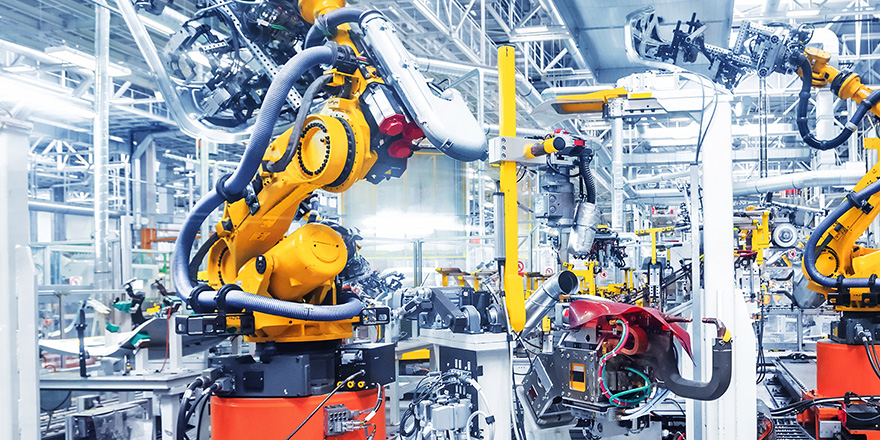Should IT be involved with your RPA program?
RPA and process mining go together well, but be sure to involve your IT team – collaboration will result in synergy all around.


You can manage your robotic process automation (RPA) project on your own… right?
RPA, or intelligent process automation, has become so prolific, so user-friendly – almost plug-n-play – that you can leverage readymade tools and launch projects fast, without having to worry about code, programming, or software development.
At best, you’ll have a process analysis platform for your Center of Excellence, and any of your business units will be able to harness valuable automation software for your bots. All in all, any CFO or CMO can, in fact, kick off any RPA initiative without needing to leverage valuable IT resources better allocated in other facets of the business.
But should you go it alone? Be careful. But also, don’t feel that you must devote your entire IT resource to RPA. Find balance instead.
Make no mistake: you’ll run into problems later, especially if you plan on scaling at the enterprise level without the collaboration of IT. You must get full buy-in from your entire corporation, of course (conquering their fear of robots taking over the world); yet you should involve IT only for certain specialized tasks.
- IT should indeed be consulted on the purpose for RPA
- Have your specialists vet RPA vendors properly for you
- IT definitely needs to lead in championing security and information governance protocol, managing updates and preventing bot breaks.
Pause to refresh
You might want to pause the involvement at that point, to avoid the risk of draining the resources of your development teams and IT specialists. Take note, too, that involvement doesn’t necessarily mean oversight where you put IT in the forefront of your RPA project instead of everywhere (understanding that your IT needs to have eyes everywhere!).
But your CIO will definitely boost your RPA initiative’s value and sustainability. Kicking it off is one thing; driving it forward toward successful completion, realization, buy-in, and ROI will require the full consultation of those capable of harnessing the power of process mining to optimize your RPA robots.
RPA and process mining go together well
The collaboration will result in synergy with IT, so don’t discount the value behind it. After all, you can launch the program, and your robots will get to work. But will they get to work in the most productive way? Not without the data. The data you collect in the processes will then be implemented by IT throughout your RPA infrastructure, and the effort will be well worth it in the long run.
You can start now, in fact, by checking the facts on ARIS Process Mining in the white paper below. Explore how our partnership with Kryon and Automation Anywhere has made it possible to turn a turnkey solution foolproof.